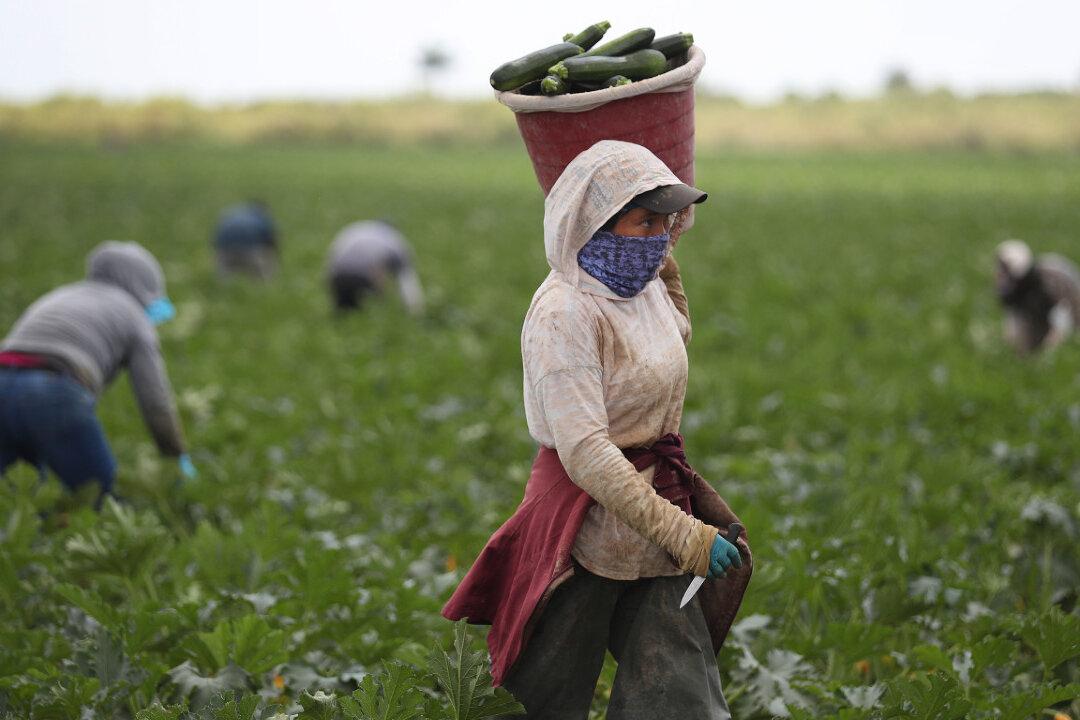Sen. Michael Bennet (D-Colo.) put a spotlight on the labor crisis that U.S. farmers face, calling the protracted shortage of farm workers a “massive crisis” during a Feb. 1 congressional hearing meant to address the 2023 Farm Bill.
“If we don’t have the labor to get these crops in, we’re going to have a huge problem in this country,” he told fellow members of the Senate Agriculture Committee.





